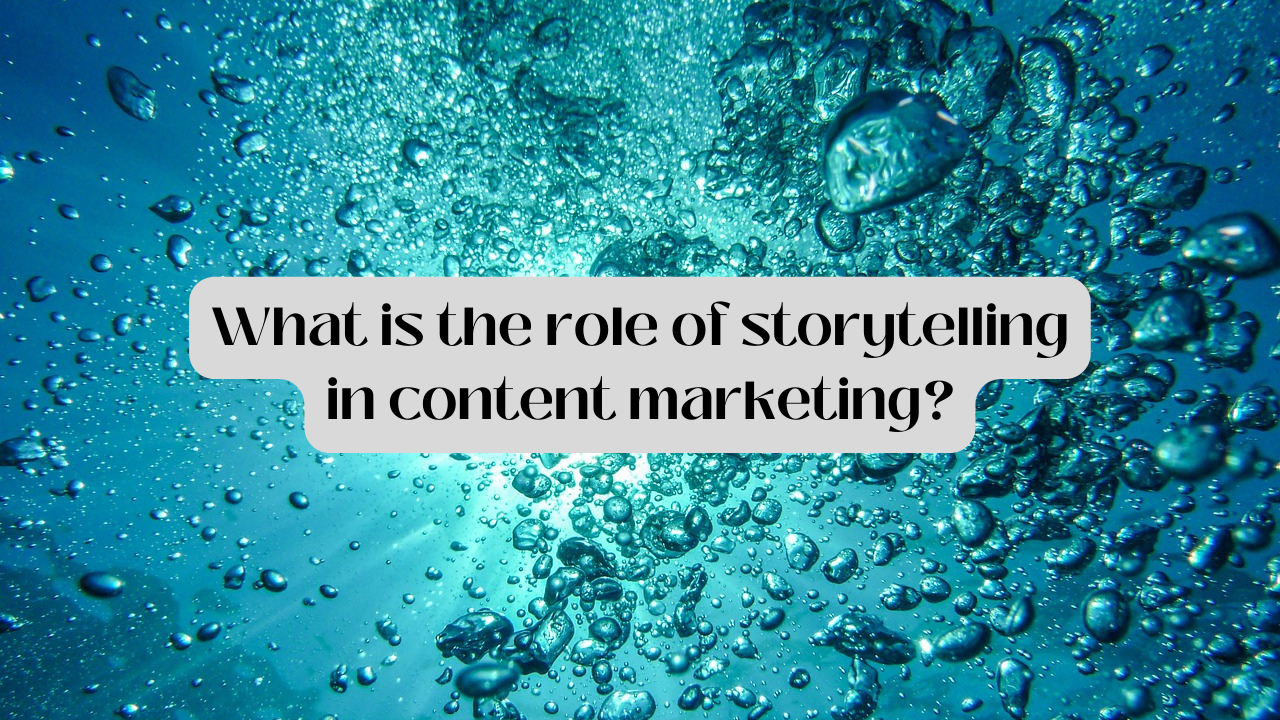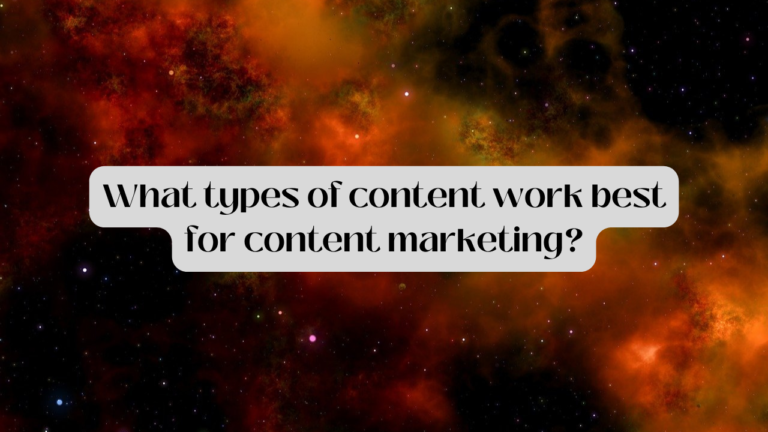What Is The Role Of Storytelling In Content Marketing?
In today’s fast-paced digital landscape, where information bombards us from every direction, standing out and making a lasting impact has become a challenge. This is where the art of storytelling comes into play, serving as a potent tool in the arsenal of content marketers. The fusion of captivating narratives with marketing messages has proven to be remarkably effective in not only grabbing the audience’s attention but also forging strong connections and driving engagement. This article delves into the pivotal role that storytelling plays in content marketing, addressing common questions and shedding light on best practices.
Table of Contents
- Why Storytelling Matters in Content Marketing
- The Psychological Impact of Stories
- Crafting Compelling Narratives
- Choosing the Right Medium
- Measuring the Success of Story-Infused Content
- Frequently Asked Questions
Why Storytelling Matters in Content Marketing
Storytelling is an age-old practice that transcends culture, language, and time. Its ability to capture the essence of human experiences and emotions makes it a potent vehicle for conveying messages. In the realm of content marketing, where the goal is not just to inform but also to engage and persuade, storytelling becomes a strategic asset. A well-told story has the potential to create an emotional connection with the audience, making them more receptive to the underlying marketing message.
The Psychological Impact of Stories
Our brains are wired to respond to stories. When we hear a story, our brain releases oxytocin—the “feel-good” hormone responsible for building trust and social bonding. This neurochemical response leads to heightened engagement and improved information retention. By structuring content around narratives, marketers can tap into this primal response, enhancing the memorability and persuasiveness of their messages.

Crafting Compelling Narratives
Creating a compelling narrative involves more than just stringing words together. A well-constructed story follows a narrative arc—introduction, conflict, resolution—and revolves around relatable characters. The character’s journey mirrors the customer’s challenges and desires, making the content resonant. Authenticity is key; stories that evoke genuine emotions are more likely to leave a lasting impression.
Choosing the Right Medium
Different mediums offer varying degrees of storytelling potential. While text-based content allows for in-depth exploration, visual and multimedia formats enable the fusion of storytelling with visuals, audio, and interactivity. Choosing the right medium depends on the target audience, message complexity, and available resources. For instance, a fashion brand might opt for visual platforms like Instagram to narrate the journey of a new collection.
Measuring the Success of Story-Infused Content
The effectiveness of storytelling in content marketing can be measured through both qualitative and quantitative metrics. Qualitatively, increased engagement, social sharing, and comments indicate a strong emotional connection. Quantitative metrics include website traffic, conversion rates, and time spent on content pages. A combination of these measures provides a holistic view of how storytelling impacts overall marketing goals.
Frequently Asked Questions
Q1: Can storytelling be used effectively in B2B marketing?
A1: Absolutely. While B2B marketing may seem focused on data and logic, decision-makers are still humans. Stories that highlight how a product or service solved real problems for other businesses can be highly effective in establishing trust and credibility.
Q2: What are the key elements of a successful marketing story?
A2: A successful marketing story revolves around relatable characters, a clear conflict or challenge, an engaging narrative arc, and a resolution that aligns with the marketing message. Authenticity and emotional resonance are paramount.
Q3: Is there a risk of the story overshadowing the actual product or message?
A3: Yes, if not executed carefully. The story should enhance, not distract from, the marketing message. The product or message should remain central, with the story serving as a vehicle to make it more compelling and relatable.
Q4: How can a brand maintain a consistent story across various marketing channels?
A4: A cohesive brand narrative can be achieved by developing a clear brand voice, values, and key messaging. Create a style guide that outlines how the brand story should be communicated across different channels while considering the unique aspects of each platform.
Q5: Is storytelling suitable for all types of content marketing?
A5: While storytelling can enhance most forms of content marketing, it’s essential to match the tone and format to the audience and medium. For instance, an infographic might include a concise, engaging narrative to accompany the visual elements.
Conclusion
In the realm of content marketing, storytelling is not a mere embellishment—it’s a powerful tool that taps into our innate human connection to narratives. By harnessing the psychological impact of stories, crafting compelling narratives, and strategically choosing mediums, marketers can create content that resonates deeply with their audience, drives engagement, and ultimately achieves marketing objectives. In an era of information overload, the art of storytelling stands as a beacon of authenticity and connection amidst the noise.





